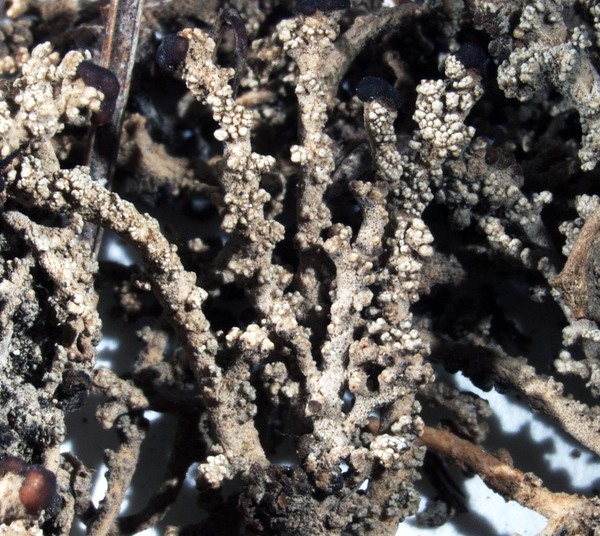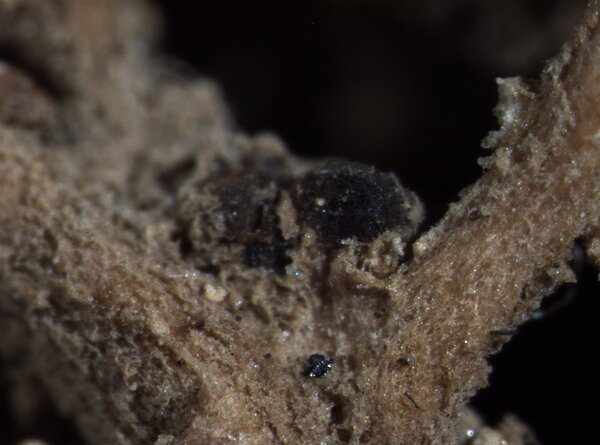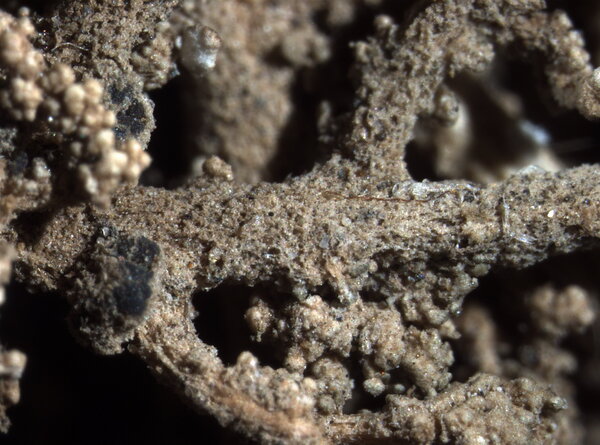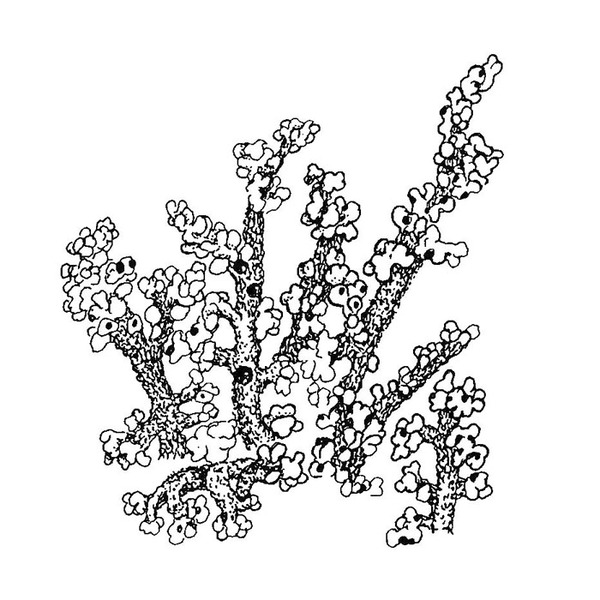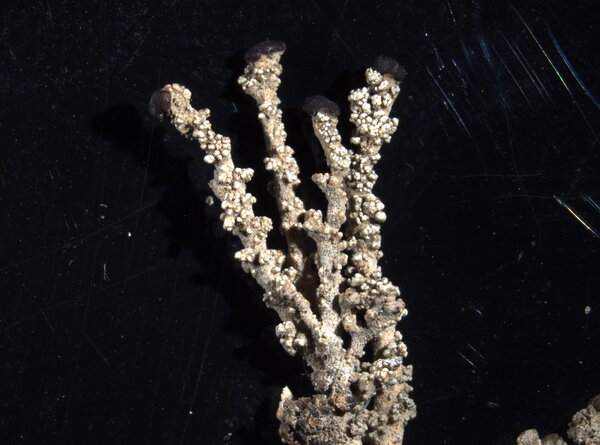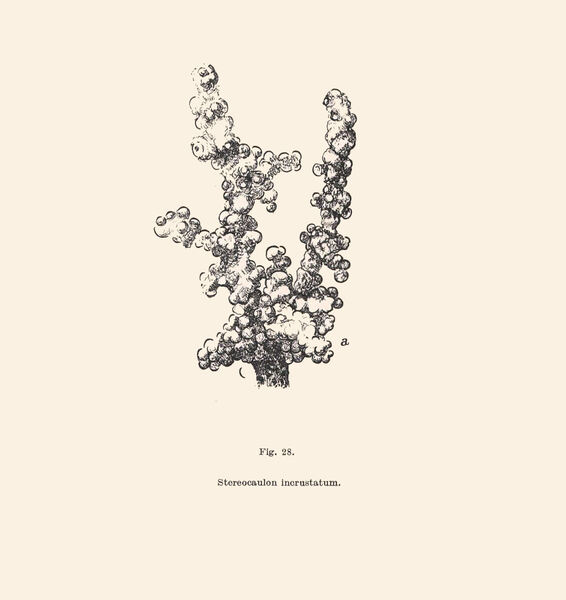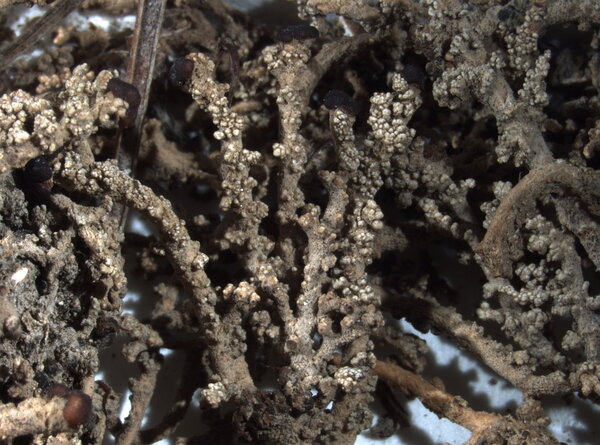Stereocaulon incrustatum Flörke
Deutsch. Lich., 4: 12, 1819.
Synonyms: Stereocaulon abduanum Anzi; Stereocaulon incrustatum f. gracile Frey; Stereocaulon incrustatum var. abduanum (Anzi) Frey
Distribution: N - Ven, TAA, Lomb (Rivellini & Valcuvia 1996), Piem (Watson 2014, Oset 2015, Ravera & al. 2023), Lig.
Description: Primary thallus crustose-granulose, ephemeral, usually absent in mature individuals. Pseudopodetia prostrate to ascending at the periphery, erect in the centre, 1-3(-5) cm tall, 0.8-1.2 mm thick, terete, densely white- to ash-grey-tomentose, forming thick loose tufts, with a solid cartilaginous axis of parallel hyphae surrounded by a lax medulla. Phyllocladia irregularly distributed, thicker at the apices, whitish to bluish grey, verruciform and very small, often hidden by the tomentum, <0.2 mm in diam. Cephalodia sparse, up to 2 mm across but often smaller, grey-green to dark brown, globose, localised in the parts free from phyllocladia, often covered by the tomentum, containing Stigonema. Apothecia rare, 1-2 mm across, with a dark brown, convex disc and an indistinct, thin proper margin. Proper exciple brown in outer part, colourless within; epithecium brown, K-; hymenium colourless; paraphyses simple, slightly thickened above, with dark cap; hypothecium colourless. Asci 8-spored, cylindrical-clavate, with a K/I+ blue outer layer and apical dome, and a central, K/I+ darker blue tube, Porpidia-type. Ascospores septate, hyaline, fusiform, 35-44 x 2.5-3 µm. Pycnidia dark, immersed. Conidia bacilliform. Main photobiont chlorococcoid. Spot tests: K+ yellow, C-, KC- or KC+ violet (reaction often difficult to observe), P- or P+ slowly pale yellow, UV+ blue-white. Chemistry: atranorin and variable amounts of lobaric acid.Note: an arctic-alpine to boreal-montane, circumpolar lichen found on mineral, nutrient-poor soil, in open Pinus-woodlands, in the vicinity of glaciers and by rivers; restricted to the Alps in Italy, with optimum near treeline.
Growth form: Fruticose
Substrata: soil, terricolous mosses, and plant debris
Photobiont: green algae other than Trentepohlia (primary); cyanobacteria, filamentous (e.g. Nostoc, Scytonema) (secundary, e.g. in cephalodia)
Reproductive strategy: mainly sexual
Commonnes-rarity: (info)
Alpine belt: very rare
Subalpine belt: rare
Oromediterranean belt: absent
Montane belt: absent
Submediterranean belt: absent
Padanian area: absent
Humid submediterranean belt: absent
Humid mediterranean belt: absent
Dry mediterranean belt: absent
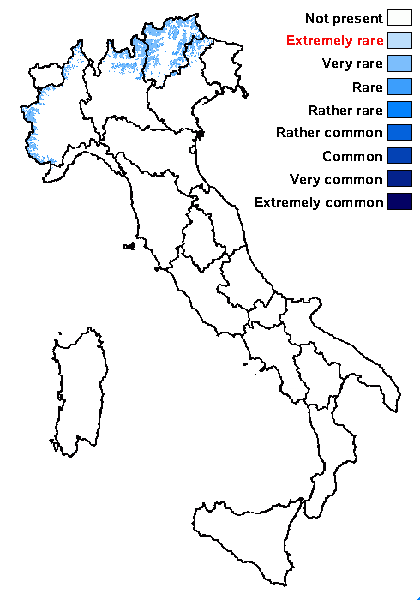
Predictive model
Herbarium samples
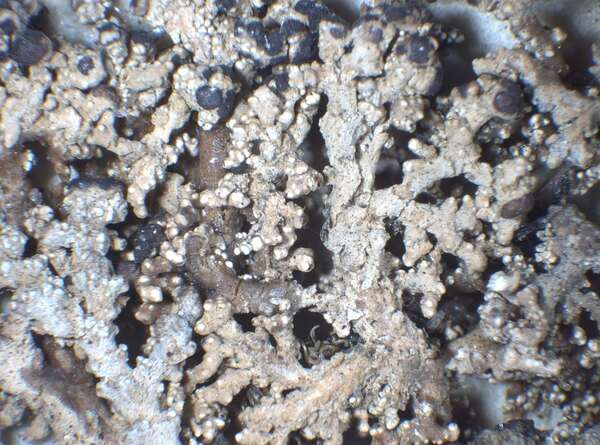

P.L. Nimis; Owner: Department of Life Sciences, University of Trieste
Herbarium: TSB (25610)
2003/03/06
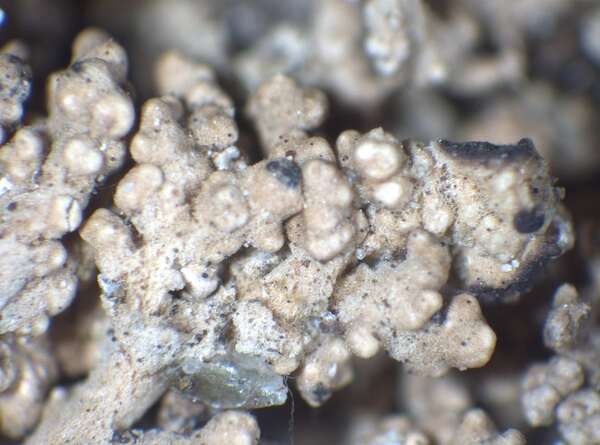

P.L. Nimis; Owner: Department of Life Sciences, University of Trieste
Herbarium: TSB (25610)
2003/03/06
phyllocladia
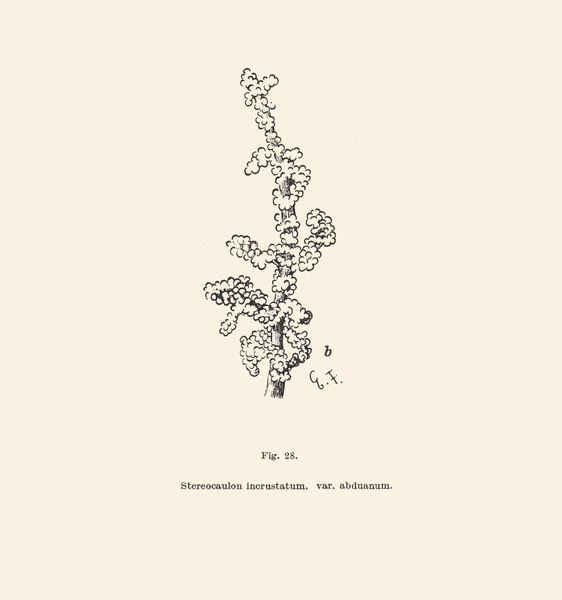
Frey E. 1933. Cladoniaceae (unter Ausschluß ded Gattung Cladonia) und Umbilicariaceae. In: Rabenhrst’s Kryptogamenflora von Deutschland, Österreich und der Schweiz. 15: 1-208.
as var. abduanum
Growth form: Fruticose
Substrata: soil, terricolous mosses, and plant debris
Photobiont: green algae other than Trentepohlia (primary); cyanobacteria, filamentous (e.g. Nostoc, Scytonema) (secundary, e.g. in cephalodia)
Reproductive strategy: mainly sexual
Commonnes-rarity: (info)
Alpine belt: very rare
Subalpine belt: rare
Oromediterranean belt: absent
Montane belt: absent
Submediterranean belt: absent
Padanian area: absent
Humid submediterranean belt: absent
Humid mediterranean belt: absent
Dry mediterranean belt: absent

Predictive model
| Herbarium samples |


P.L. Nimis; Owner: Department of Life Sciences, University of Trieste
Herbarium: TSB (25610)
2003/03/06


P.L. Nimis; Owner: Department of Life Sciences, University of Trieste
Herbarium: TSB (25610)
2003/03/06
phyllocladia

 Index Fungorum
Index Fungorum
 GBIF
GBIF
